Northern Vietnam
Hanoi Captital
Mai Chau
For an unforgettable experience in Sapa, make sure to visit Ban Ho. This charming, lesser-known commune is tucked away in the heart of the Northwest mountains, having breathtaking natural scenery and a rich local culture.
The serene commune of Ban Ho rests beneath the majestic Hoang Lien Son mountain range in Sapa, Lao Cai. This small village is a natural haven where grand mountains blend with soft hills and gentle streams flow through the valleys.
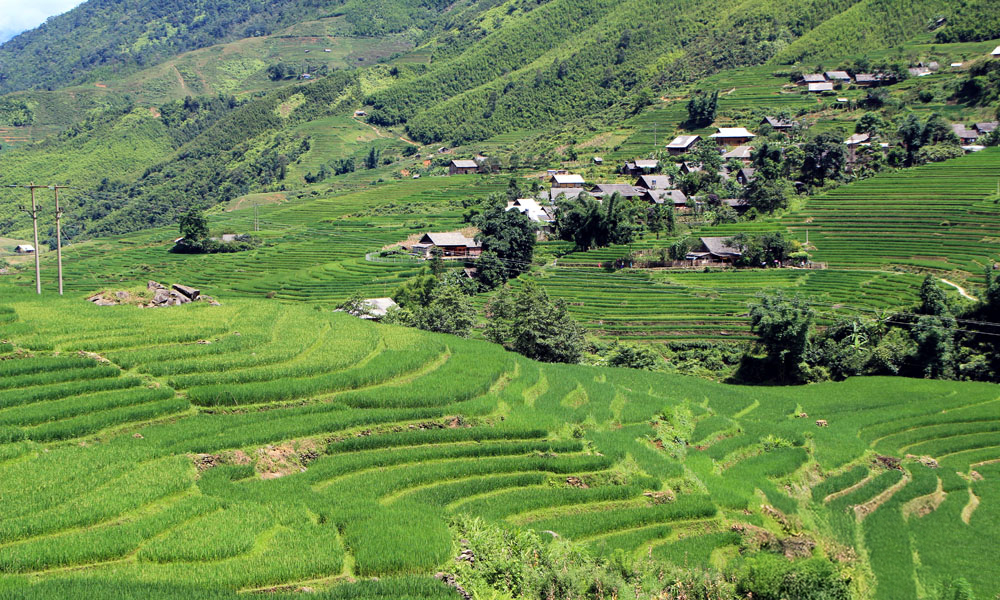
Ban Ho is a vibrant mosaic of ethnic minority communities, home to the Tay, Mong, and Dao people. Visitors to Ban Ho will find a sense of relaxation and peace as they experience the simple yet rich highland lifestyle.
The heart of Ban Ho commune is Ban Den Village, a picturesque spot where the poetic La Ve and Muong Hoa streams converge. These two waterways are a major draw for visitors. These streams are a major highlight of the village; they gracefully wind their way along the foothills, flowing through tiny houses, and becoming cherished places for both locals and travelers to cool off during the summer.
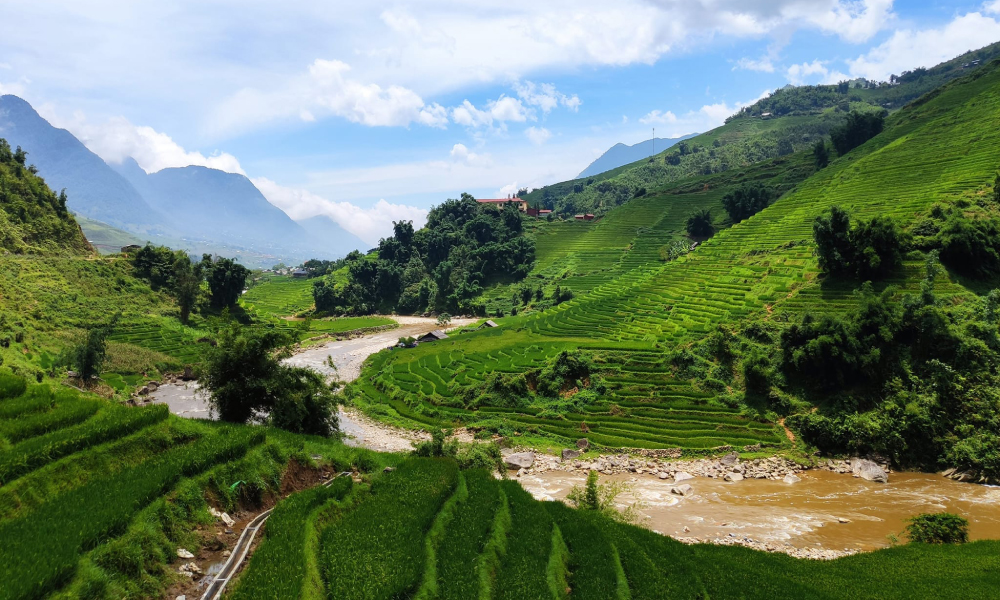
Ban Ho is also home to stunning waterfalls, including Ta Trung Ho and Seo Trung Ho. Unlike the more famous Bac and Tinh Yeu waterfalls in O Quy Ho, or Tien Sa in Cat Cat Village, these falls are relatively unknown to outsiders. Because of this, Ta Trung Ho and Seo Trung Ho maintain their wild, untouched beauty, with powerful cascades plummeting from the mountaintops into crystal-clear, cool lakes.

Tucked away about 30 km from Sapa town center, deep within the Hoang Lien mountains, the road to Ban Ho is quite winding. This mountain route to the small commune features many challenging sections, with a deep abyss on one side and a steep cliff on the other. Visitors can reach Ban Ho by motorbike, car, or jeep, but it’s crucial to be familiar with the road and have solid driving experience.
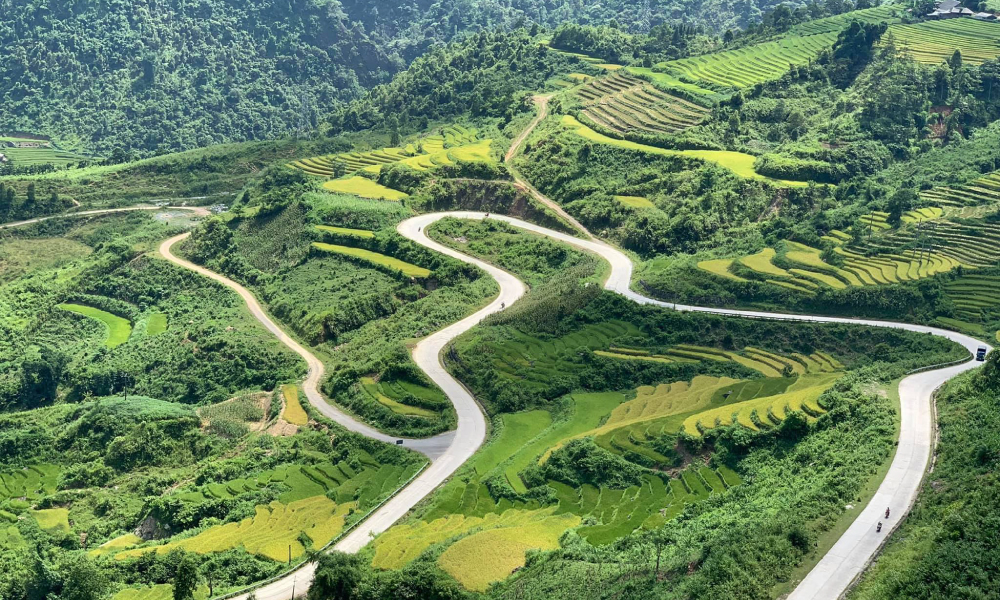
If this is your first time in Sapa, Fola Travel’s tour packages are the perfect choice. Exploring remote villages like Ban Ho or Nam Cang becomes effortless with our convenient Hanoi-Sapa shuttle service and experienced, multilingual tour guides. Plus, we provide dining and accommodation services in Sapa town or nearby villages, ensuring you have a comfortable and rewarding experience
See more: Sapa tours for 2025.
Thanks to its location deep within Hoang Lien National Forest, Ban Ho Commune enjoys delightfully cool and pleasant weather throughout the year. The summer and autumn months, in particular, are favored by many tourists visiting the area.
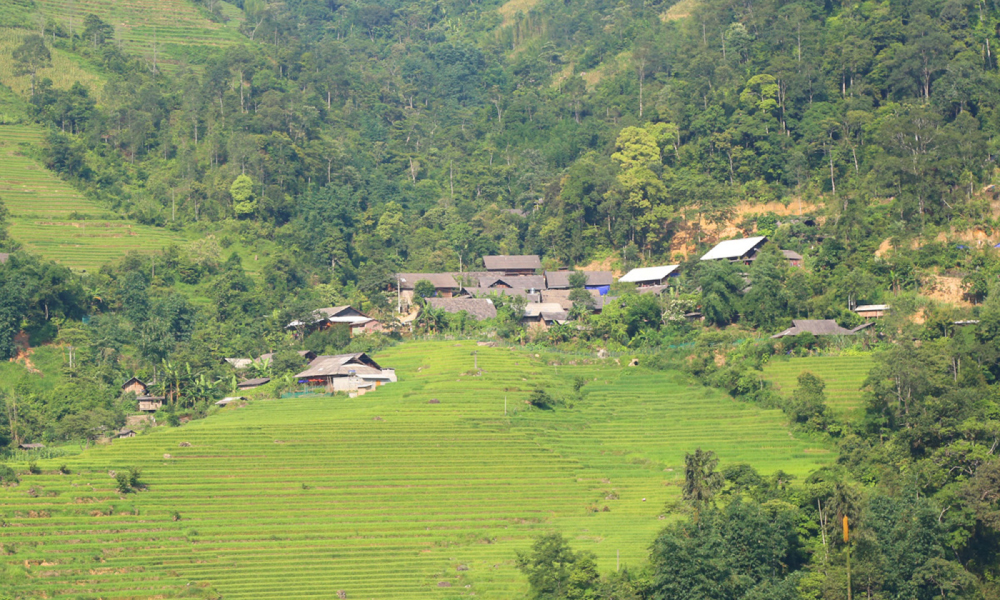
In the summer, Ban Ho’s mountains and forests are adorned in a vibrant, eye-pleasing green. The combination of sunshine and cool temperatures creates a perfect opportunity for outdoor activities, whether it’s trekking around the terraced fields or exploring the Hoang Lien Forest. After an active day, a refreshing swim or picnic at Ta Trung Ho waterfall or Muong Hoa stream is a beloved and relaxing respite.

Autumn in Sapa marks the harvest season, and Ban Ho is no exception, with its terraced fields transforming into a stunning golden hue. While its field area may not be as expansive as in villages like Ta Van or Nam Cang, Ban Ho’s peaceful, poetic beauty is more than enough to captivate visitors.
Ban Den is a newfound gem, a little-known destination that appears with an untamed beauty, as if blending into the surrounding mountains and forests. Following the winding mountain roads, visitors to Ban Den will be welcomed by a truly majestic sight: terraced fields stretching endlessly into the distance, dotted with rustic, weathered wooden roofs.

Though still relatively undiscovered, Ban Ho is a captivating destination set deep within Hoang Lien National Park, a grand ecological preserve in Vietnam’s Northwest. From Ban Ho, visitors can join trekking tours to explore the ancient forest to experience the majestic nature, or climb to the top of Fansipan Summit to admire the impressive panorama of Sapa.

Ban Ho is most famous for its beautiful waterways: Muong Hoa stream, La Ve stream, and the stunning Ta Trung Ho and Seo Trung Ho waterfalls. Visitors to this small commune, especially during the summer months, absolutely must come here to picnic, admire the serene nature, or simply enjoy the cool water.

This is also an excellent spot for visitors to join locals in the exciting activity of stream fishing. Afterwards, you can enjoy a fresh and delicious grilled stream fish dish!
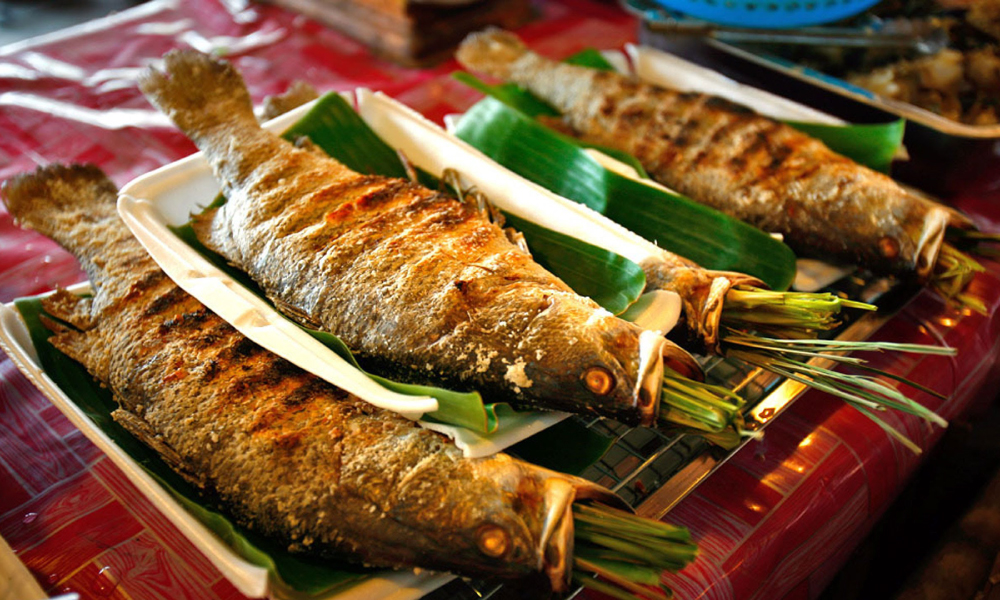
Each evening in Sapa, you’ll be warmly welcomed into the homes of local residents, where you can explore their beautiful handicrafts and brocades. These unique products are the perfect souvenirs to take home.
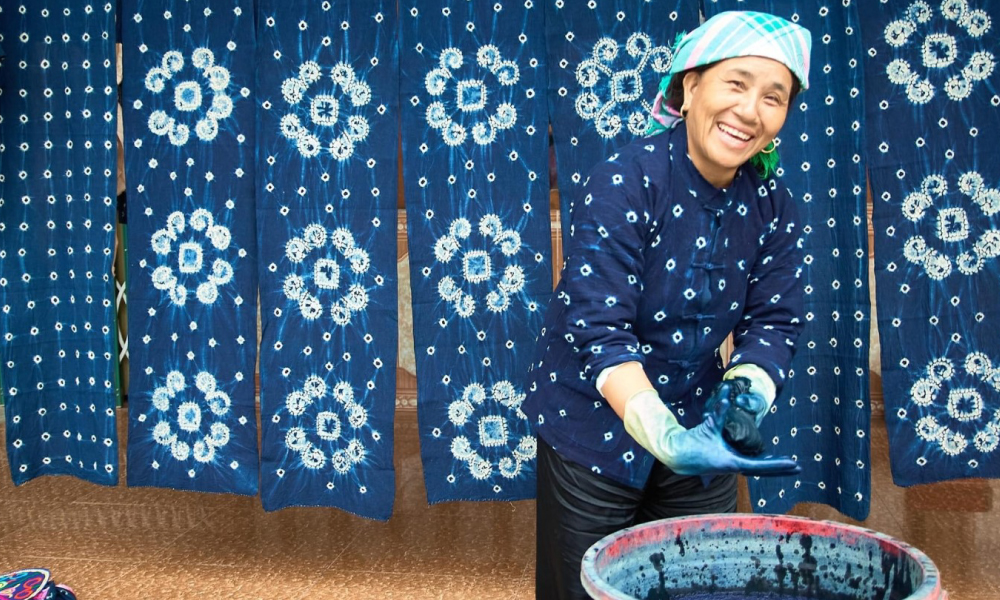
On weekends, the ethnic communities often gather to perform vibrant artistic shows of traditional singing and dancing. The atmosphere is always filled with joy and excitement, promising to create truly memorable experiences for visitors.
Nestled right in the heart of the terraced fields, Ban Ho hot spring is an ideal destination for those seeking a unique experience. This inviting hot spring spans about 200 square meters, with clear blue water that flows 100% naturally from underground, ensuring a clean and pure source that’s highly beneficial for your health.
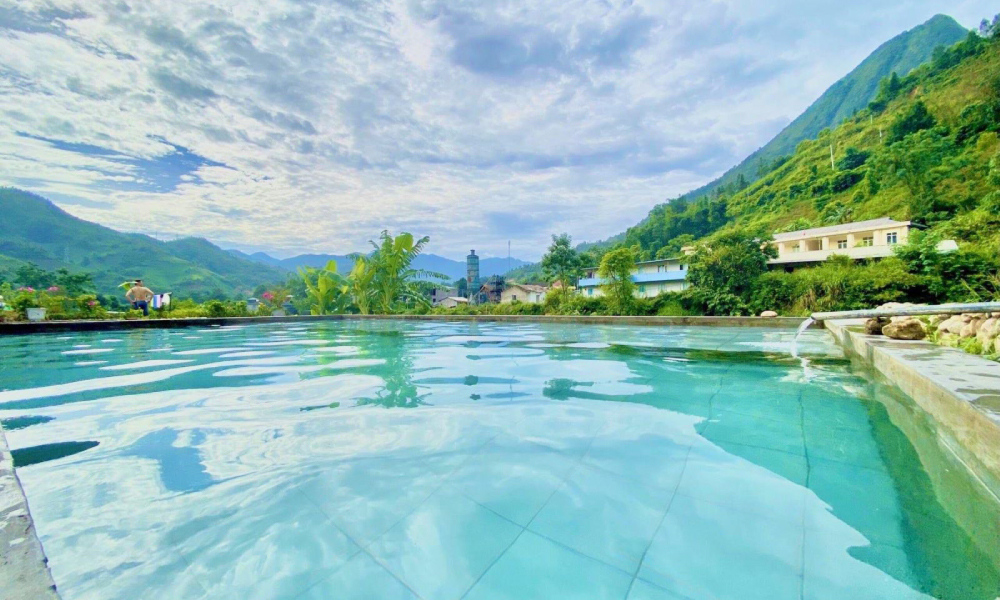
Hoang Lien National Park, home to Ban Ho, is celebrated for its incredibly diverse ecosystem. Here, you can trek through thick forests to see ancient trees, vibrant wildflowers, and enjoy the sounds of many different birds.
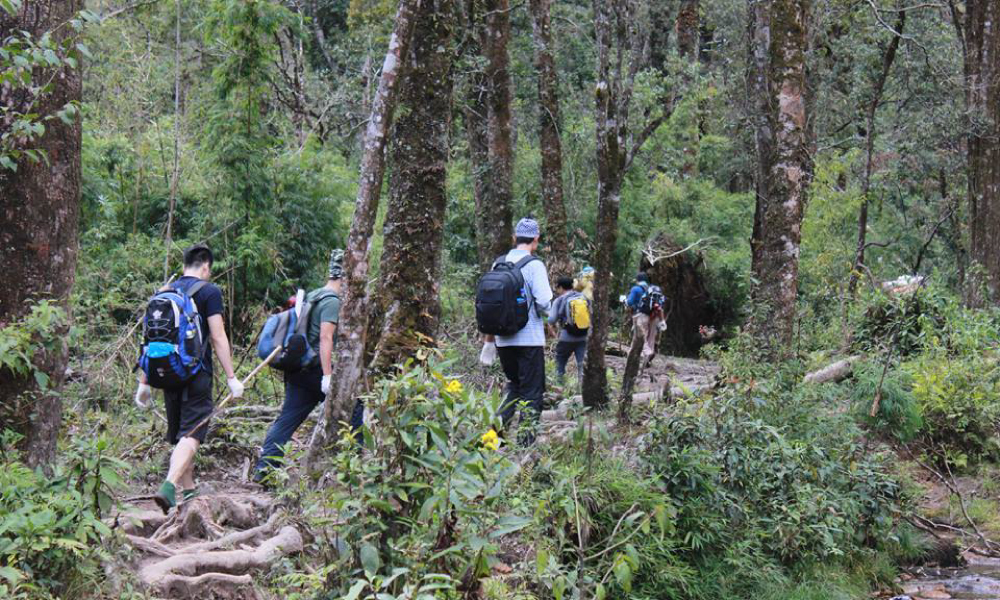
Fansipan, Vietnam’s highest mountain, is a legendary challenge for climbers. Reaching the top offers an amazing reward: a breathtaking view of Sapa’s mountains, forests, and the beautiful Muong Hoa Valley below.
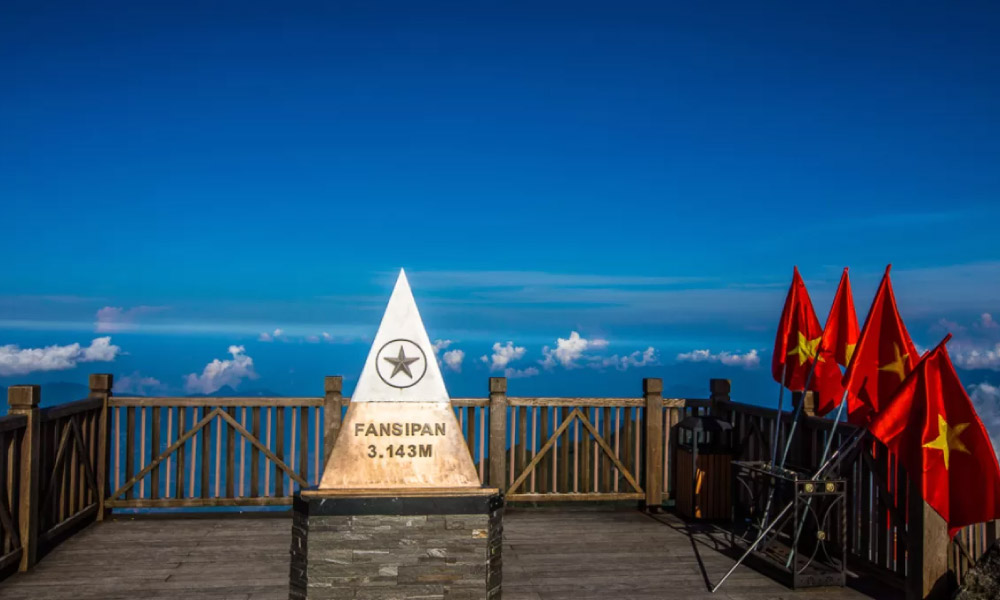
At over 2,800 meters, Nam Kang Ho Tao and Sinh Tcha Pao Peaks are known as two of the most difficult and dangerous trekking routes. The climb often involves scrambling over steep cliffs, making it a thrilling test for adventure seekers looking to push their limits.
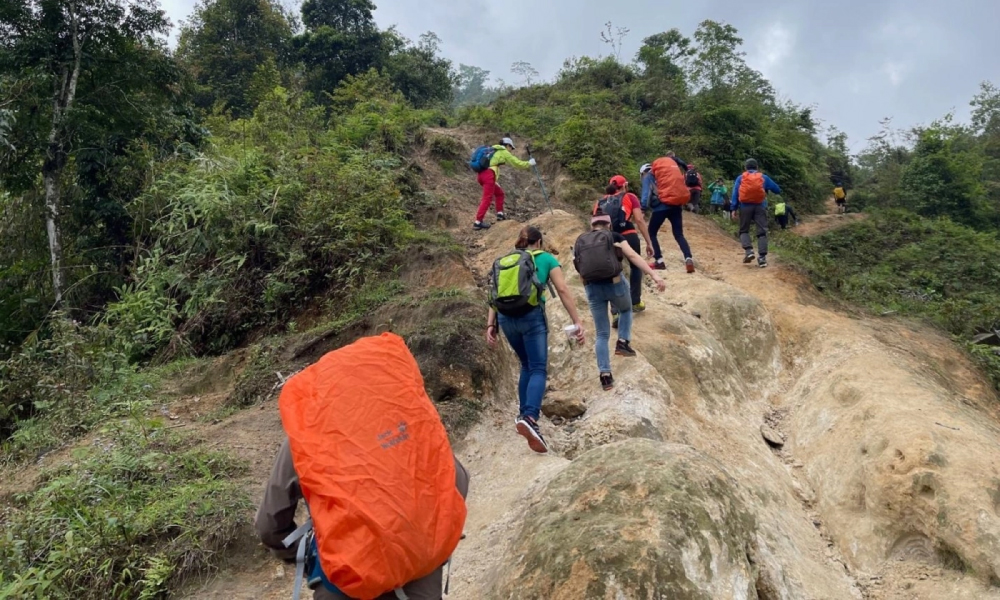
Around 36 kilometers southeast of Sapa Town, Nam Cang Village is a lesser-known treasure. It features incredibly picturesque natural scenery with mountains, hills, and stunning terraced fields.
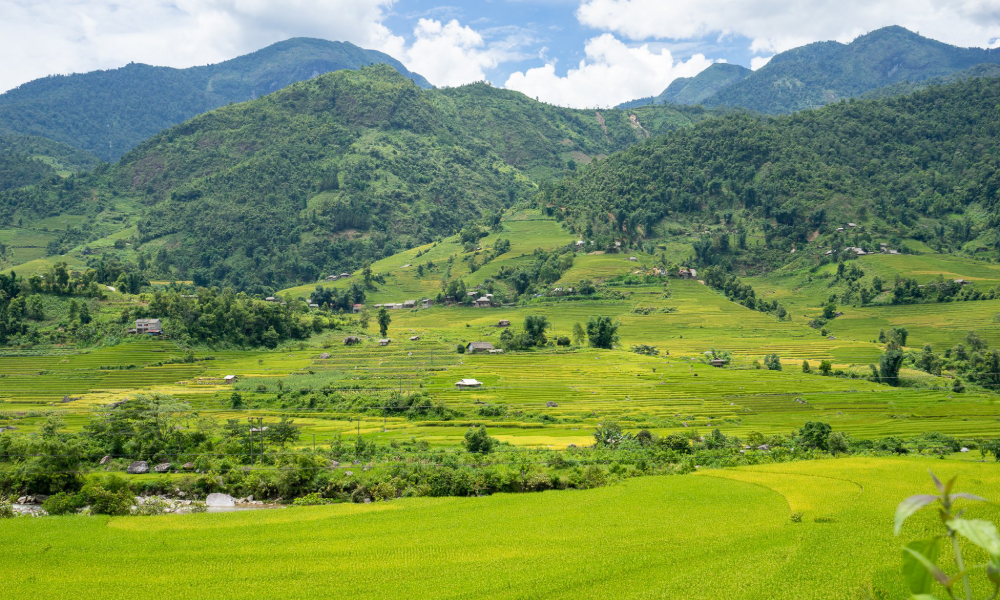
Ta Phin Village is primarily inhabited by the Dao and Hmong ethnic groups. Visitors can experience a rich cultural environment, marked by traditional stilt houses, vibrant handmade clothing, and a variety of delicious local dishes.
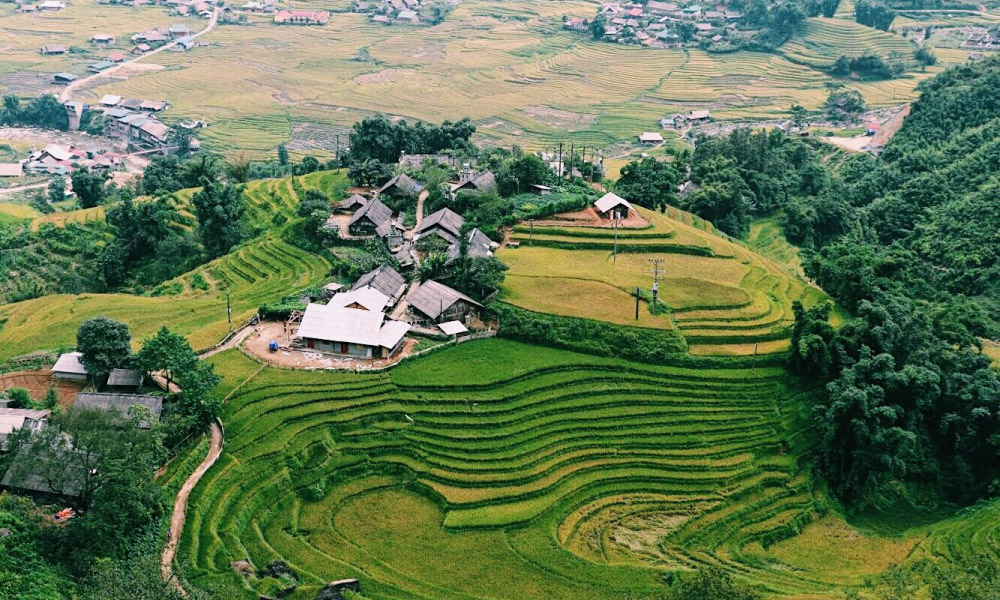
SHARE YOUR OPINION